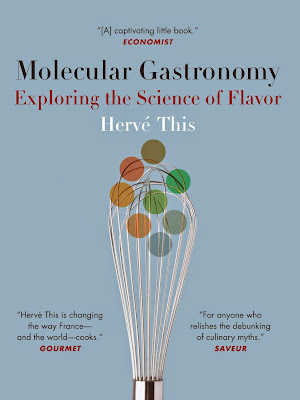For October the book club selected reading is Yes, Chef: A Memoir by Marcus Samuelsson and Veronica Chambers (chosen by Amanda of Omar Niode Foundation).
I found this Chef memoir surprisingly different in that Marcus from the start had such a unique perspective. His journey starts with the circumstances of becoming an orphan in Ethiopia to his adoption and warmth of his family in Sweden to his journey in joining the culinary kitchen world through Europe and then his immigration to the US via his entry point of New York City.
His viewpoint is different from other chefs in that he doesn’t come off as a work hard party hard type of person, even as a young man. He does hang out with friends and there are mistakes – including life changing ones. He humbly works hard – he’s extremely driven all his life to strive to be the best – and pays his dues as he learns and strives. You often will find yourself more frustrated for some of what he goes through in obstacles then it seems he does – from the screaming chefs above him to paying his life savings to own his name again.
His start as an aspiring athlete in his youth keeps him off of drugs and gives him an incredible discipline and ethic I don’t often see in Chef memoir – maybe because he can remember more clearly than others. At the same time, Marcus has always during his life been aware of his outsider status – both railing against it and discrimination against his skin while also accepting and embracing it.
Marcus is great in particular in being able to step outside a situation to see the why behind the actions of people, good and bad. As he travels and explores new cities and new kitchens, he is always observant of the patterns and connections. He does talk about food, but even more so he shows how food is a connector to all people and it echoes his own desires to communicate himself and cultures of people through the food he creates.

My only minus is that the book seemed to putter out at the end – maybe the events are too recent and fresh to have gotten as much reflection as earlier in the book. He spends a lot more detail about people from his earlier days than those in his current such as the surprising lack of story of falling in love with his wife versus during kitchen peers during his apprenticeships in his youth.
But overall, my book review of Yes Chef cam be summarized as that his stories of his struggles and efforts – the journey to success when he became his own man after Top Chef and opened his own restaurant – are a worthwhile stories to know about finding your place in the world and perseverance.
If you are interested in the online book club the Kitchen Reader, the gist of our casual club is there is a new book selected for every month, each book is related to food, and members write a review on their blog during the last week of that month.









